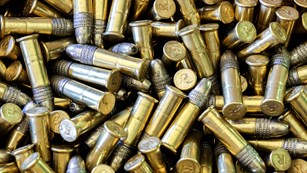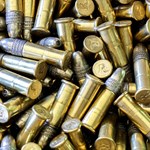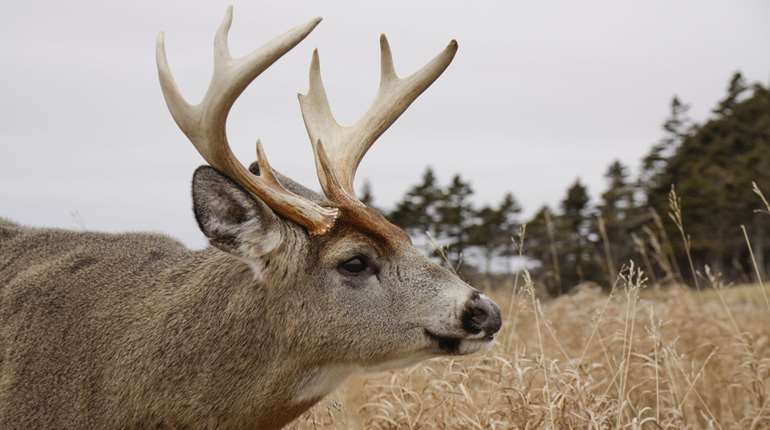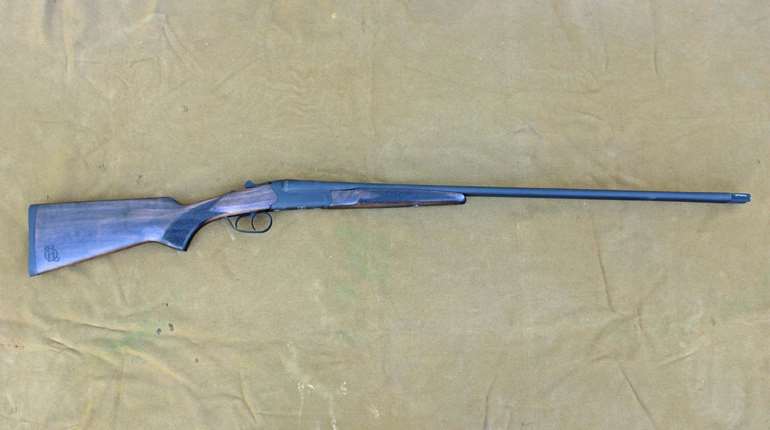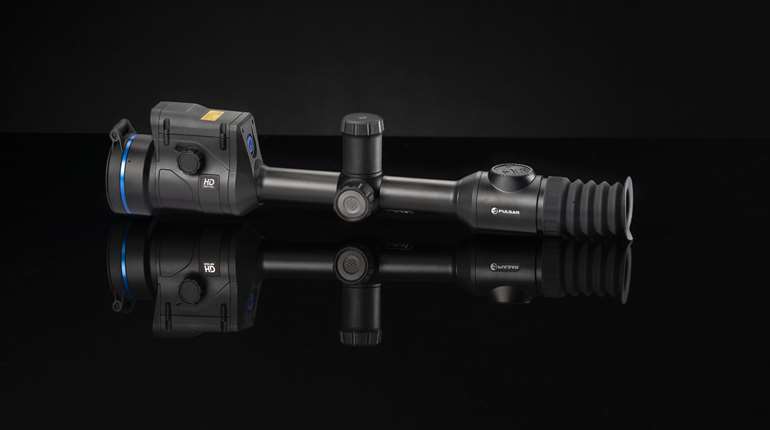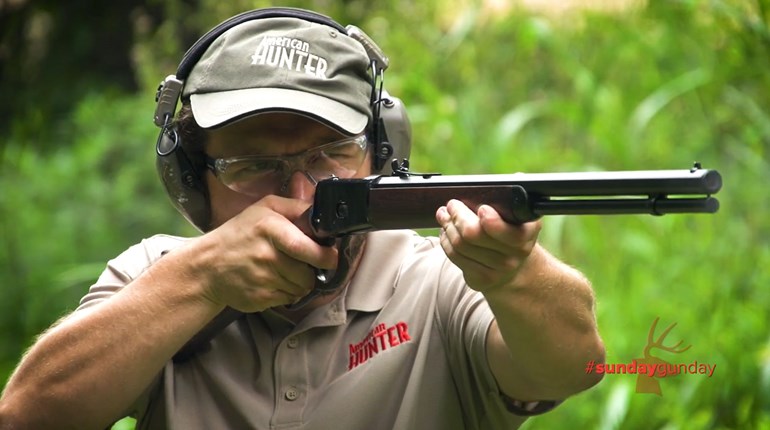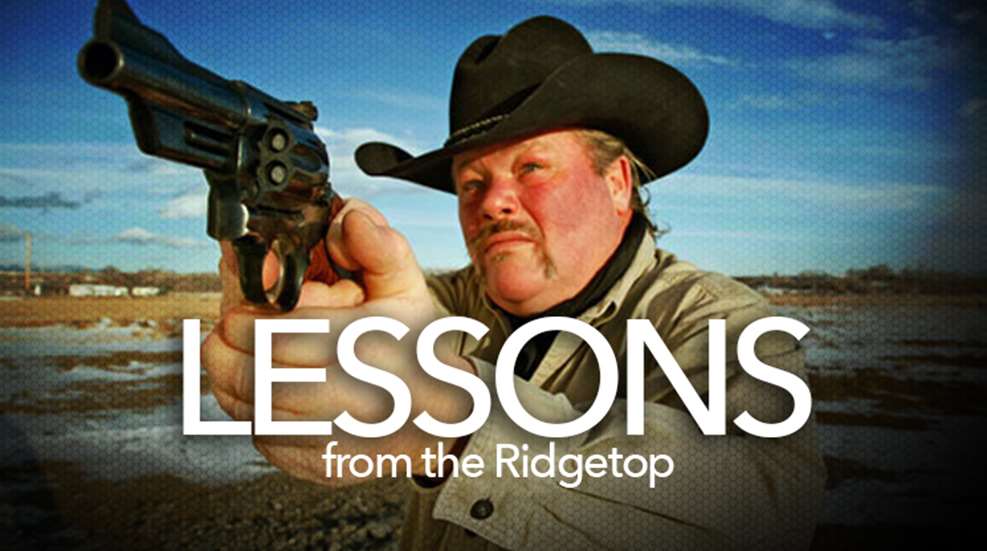
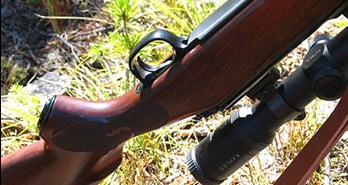 I was on a dream hunt about 18 years ago. After having been to Africa, Europe and over much of the Arctic and sub-Arctic, my hands-down favorite hunt is on horseback in the Rockies pursuing elk and mule deer. We packed in several miles up Granite Creek in the Gros Venture Wilderness just south of Jackson, Wyoming. Our first morning hunting was perfect. A light snow had fallen overnight. Huddled up on my horse as we continued up the canyon in the dark, sparks occasionally flew from the steel horseshoes glancing off granite-scrabble dollies on the trail.
I was on a dream hunt about 18 years ago. After having been to Africa, Europe and over much of the Arctic and sub-Arctic, my hands-down favorite hunt is on horseback in the Rockies pursuing elk and mule deer. We packed in several miles up Granite Creek in the Gros Venture Wilderness just south of Jackson, Wyoming. Our first morning hunting was perfect. A light snow had fallen overnight. Huddled up on my horse as we continued up the canyon in the dark, sparks occasionally flew from the steel horseshoes glancing off granite-scrabble dollies on the trail.
We topped out on a saddle overlooking a box canyon. An enormous mule deer buck spotted us immediately, but by the time I dismounted and got my rifle, a couple of smaller 4x4s that were bedded closer to us had gotten up and pushed the big boy out of sight. Ahead of us was a scratch 300-yard-long talus trail across a steep face. It looked to be 300 or 400 yards to the bottom; without so much as a weed to interrupt a fall. This is not the place to be on horseback. We carefully led our horses across the snow-covered trail, I with my rifle slung over my shoulder. I carefully took baby steps in the grey of dawn. When I got about half way across the talus, my feet flew out from under me and I fell onto my back. The good news was I fell on the trail and didn’t slide down the face. The bad news was my rifle landed between me and the rocks.
A couple of hours later I came across a decent bull about 260 yards downhill from me. I sat down with a tight sling and quartered the bull’s ribcage in my scope. The .338 Win. Mag. barked, and the bull collapsed. “Nice shot!” came from my audience of fellow hunters. I stood up confidently and started walking toward my horse. Suddenly the bull got to its feet.
“What? Son of a…” I said and sat down again, cinching the sling tight once more. Boom! The bull collapsed again. After I had replaced my rifle in the scabbard the bull got up again. I said something unprintable and grabbed the rifle again. I could see a pair of wounds too far back on the bull. This time I stood on my hind legs and held on the bull’s ear. Finally he was down for good.
Four days after that I was aboard my horse ascending a profanely steep set of switchbacks above camp searching for a mule deer. This time I had my Featherweight Model 70 in .270 Winchester in the scabbard. About two-thirds the way to the top the trail had washed out a bit at the turning point of a switchback. My poor pony had to make a short jump to get over it, and when he did I heard a sickening sound. I looked back and my worst fears were realized. There sat my precious Model 70 in the rocks.
There wasn’t anything but a herd of bighorn sheep at the top, so we began walking our steeds down the trail. It was just past sundown and we were about 400 yards above camp. I could see the glow of the lanterns in the cook tent. Suddenly a nice 4x4 mule deer buck appeared with a doe at his side. He was perhaps 125 yards away, tops, and I quickly retrieved my .270 from the scabbard—candy shot. When I shot the buck never moved. He was still staring at the cook tent. The doe looked back at us but didn’t seem alarmed. I ran another cartridge into the chamber and put the crosshair right where it belonged and shot again. This buck had to be deaf! He still did not move a muscle. My third shot knocked off his right antler just below the main fork. The buck took a couple of steps and stared at me. Eventually I got off eight shots before the buck went down.
To say that I got a little ribbing when I returned to camp would be a profound understatement. They had heard all of it and knew of the problem I had earlier in the week with the elk. The hotshot gun writer who had to take two rifles into backcountry camp couldn’t hit his arse if he sat on the muzzle. Lesson learned…well.
Every hunter should know exactly where the point of impact is at 25 yards after he has sighted in his rifle. That way when something like a fall or dropped rifle occurs, he can check to see if it has messed up the sights. Remember that at 25 yards any deviation from the proper impact point will be magnified four times at 100 yards, eight times at 200 yards and so forth. Learn from my mistakes.




